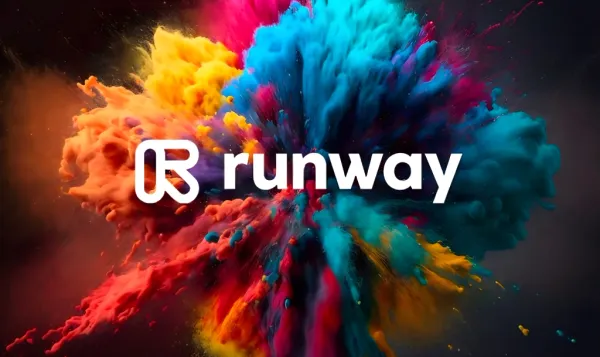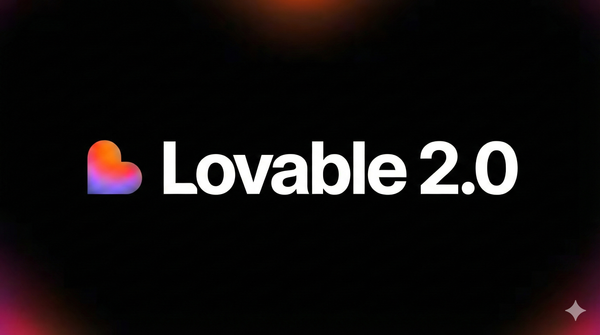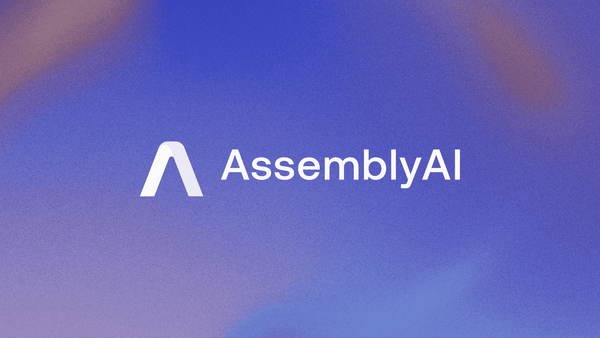RiskLabs: The AI Tool That Spots Red Flags Wall Street Might Miss

What if banks and investors could spot risks not just from balance sheets, but also from news headlines, market chatter, or even a CEO’s letter to shareholders? That’s the promise behind RiskLabs, a new AI-powered research framework designed to give finance professionals something they’ve always wanted — an early warning system for risk.
The problem with traditional models
Financial risk has always been measured using numbers: stock prices, revenue, debt ratios, and volatility charts. These work fine… until they don’t.
Markets don’t move on numbers alone. A company may look healthy on paper while a scandal brews in the news, or a global event suddenly changes sentiment. Traditional models miss these “hidden signals” because they only analyze structured financial data.
That’s where AI enters the picture.
What makes RiskLabs different?
RiskLabs doesn’t just look at spreadsheets. It combines three powerful data sources:
- Financial time-series → numbers over time (like stock prices, trading volumes, credit spreads).
- Textual filings → company reports, press releases, earnings calls.
- News & sentiment → headlines, articles, and even how the market feels about a company.
By fusing these together, RiskLabs builds a 360-degree view of risk.
Let's understand it with an example!
Let’s say you’re analyzing a large real estate firm.
- The financial statements show steady growth — nothing alarming.
- But news outlets are reporting lawsuits and protests at construction sites.
- Market sentiment on social media shows falling trust.
- Time-series data shows unusual volatility in its bond prices.
A human analyst would need hours (or days) to piece this together. RiskLabs does it in seconds, highlighting the risks before the company’s financials even reflect the trouble.
That’s the edge: speed + accuracy + context.
How does the tech work?
Behind the scenes, RiskLabs uses a blend of AI techniques:
- Natural Language Processing (NLP): Reads news, filings, and reports the way ChatGPT reads text. It looks for warning signs like “lawsuit,” “downgrade,” or “default.”
- Machine Learning on time-series data: Think of stock prices or credit spreads as “heartbeats” of a company. ML models analyze these patterns to detect abnormal movements.
- Fusion models: The magic happens when these two worlds combine. For example, a sudden drop in sentiment (text) plus unusual trading activity (numbers) = red flag.
Instead of just saying “risk detected,” the AI also explains why — giving finance teams clarity instead of black-box predictions.
Impact!
- For banks: Better lending decisions, fewer bad loans.
- For investors: Early warnings before a company collapses.
- For regulators: Ability to flag systemic risks faster (imagine catching the next SVB crisis early).
Adoption and the future
RiskLabs is still research-focused, but the trend is clear: finance is moving from reactive risk models (after the damage is done) to proactive AI-powered monitoring.
In the near future, portfolio managers, lenders, and regulators may use dashboards powered by frameworks like RiskLabs. Instead of digging through PDFs or scrolling through endless news, they’ll get real-time alerts explaining where risks are emerging and why.
And the chip industry or software stacks powering AI ensure these models scale globally, handling terabytes of data that no human could process alone.
Our thoughts!
Financial crises often catch us off guard because traditional tools only show part of the picture. RiskLabs feels like a step in the right direction — an approach that doesn’t just stare at balance sheets but listens to the conversations, the headlines, and even the mood of the market. By combining numbers, text, and sentiment into a single powerful lens, it offers finance professionals something they’ve been chasing for years: context with speed.
We are not saying that AI can claim to predict the future with certainty. There will always be blind spots, noise, and the risk of over-reliance on algorithms. But if used wisely, frameworks like RiskLabs could help banks lend smarter, investors avoid costly mistakes, and regulators stay one step ahead of contagion risks. In our view, that makes it less of a futuristic experiment and more of a practical tool that could reshape how the financial world thinks about risk.
If that’s very, very clear to you, then the future of finance may not just be about managing risks… but actually predicting them before they hit.



